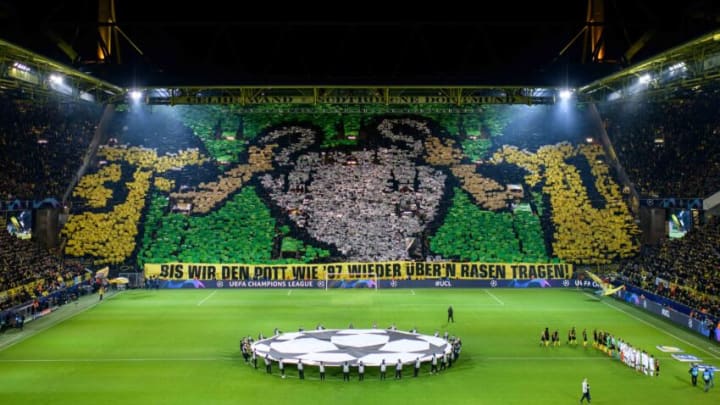Sevilla

Sevilla is likely Dortmund’s direct competitor for the group’s second place and a position in the round of 16. The Spanish team from Andalusia acquired a spot in the Champions League group stage for the third year in a row after finishing fourth place with 70 points in last year’s La Liga.
Once again, Dortmund will meet up with a former player in Thomas Delaney, who left the club in 2021. The match-up against the Spaniards is also a rematch of the 2020/2021 round of 16 when Dortmund beat Sevilla 5-4 on aggregate. Despite some decent performances in previous campaigns, the Spanish side did not advance further in the past tournament, where they placed third in a group with R.B. Salzburg, Wolfsburg, and Lille.
However, Sevilla is known for its competitiveness. Otherwise, they wouldn’t have won the UEFA Europa League six times in their history, with four titles in the past ten years. Julen Lopetegui’s stable side will put up a good fight against our side, but it is important to note that Sevilla’s squad changed drastically compared to previous crusades.
Compared to the previous season, 12 players left Sevilla during this summer transfer window, including key players like Diego Carlos, Koundé, and Lucas Ocampos. After losing their successful starting center-back duo, Lopetegui went shopping on defense, bringing the Brazilians Marcão from Galatasaray and Alex Telles from Manchester United and the youngster Nianzou from München. Also, they got some intriguing pieces on the offensive side of the pitch, such as Januzaj, Dolberg, and the veteran Isco from Madrid.
With the new players in place, Sevilla seems to continue using the preferred 4-3-3 system in the first few matches of this season. Lopetegui likes his team to keep possession and progressively pass the ball in the direction of their opponent’s net. He also places his defensive midfielder, usually Fernando, in between the center-backs, allowing both full-backs, like Navas, Acuña, and Telles, to drive high into the pitch and cross the ball into the box.
This strategy has been less reliable as of recent. Sevilla is struggling to find their first win of the season. With three losses against Osasuna, Almería, and Barcelona and a 1-1 draw versus Valladolid at home, Dortmund’s opponent is having a hard time even against less resourceful Spanish clubs. But please don’t be fooled. Sevilla’s international reputation and good management over the years make it a demanding challenge for us.
